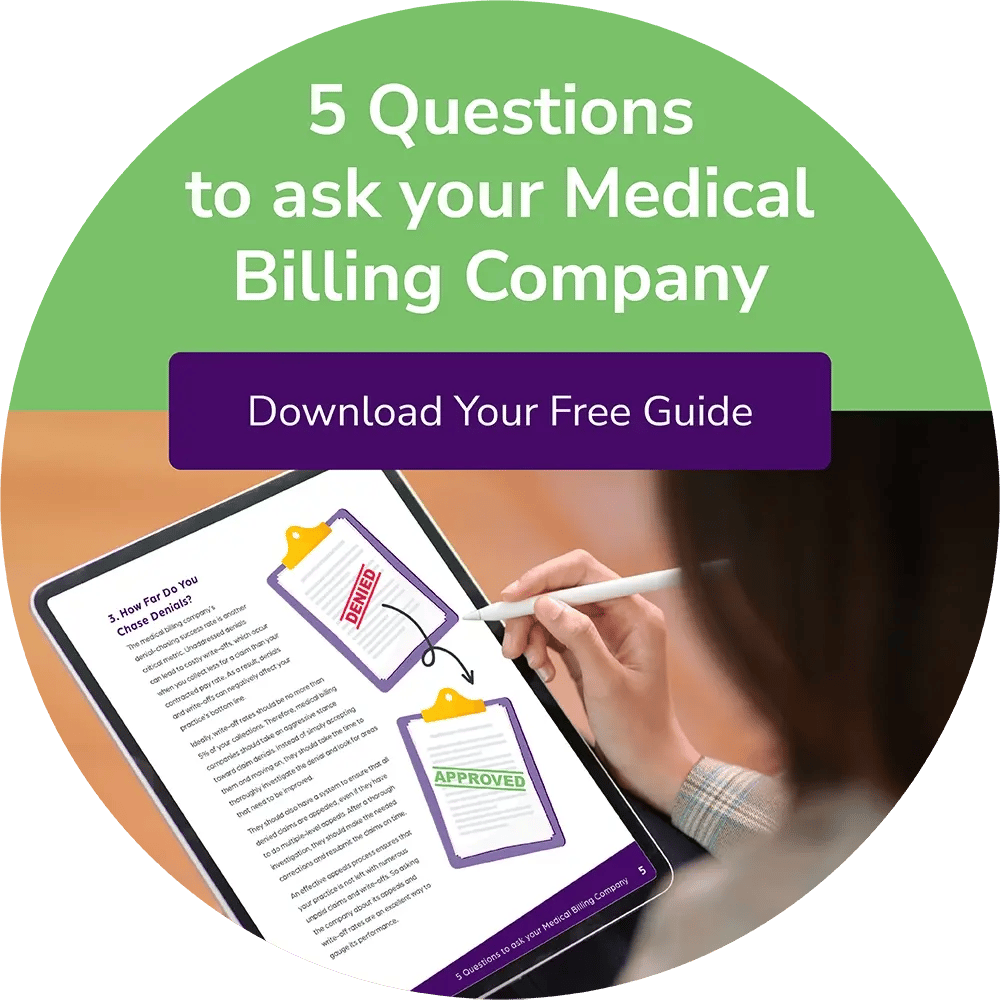Surge in Practice Bankruptcies: How to Protect Your Bottom Line

Physician practice bankruptcies can have significant impacts on both doctors and their patients. For clinicians, it can be a career-ending event, while patients may find themselves without the care they need if a practice shuts down. Monitoring your revenue and maintaining a healthy bottom line are essential steps to safeguard your practice from this outcome.
Several factors besides the tight economy contribute to this situation: Insurance reimbursements are shrinking, regulations are ever-changing, drug and device costs are rising, and the costs of running a medical practice are spiraling upwards. Some experts believe doctors' lack of business acumen contributes to their financial woes.
The Problem
Nashville-based Gibbins Advisors is a turnaround and restructuring advisory firm specializing in the healthcare sector. Their "Analysis of Chapter 11 Healthcare Bankruptcies since 2019" shows that in the first half of 2024, bankruptcy filings of clinics and physician practices were 60% more than in 2023. This is consistent with the trend of medical bankruptcies since 2021.
Changing regulations are an important reason for physician and clinic financial distress. Laws such as the No Surprises Act prevent providers from generating revenue and encourage insurers to deny or reduce payments unilaterally. Most providers win the claims against payments denied by insurers. But the process is tedious and typically takes over 100 days.
The COVID pandemic increased healthcare costs. A shortage of healthcare staff resulted in salaries going up, as well as other costs of running a practice. The per-patient revenue also decreased as patients avoided routine checkups and tests.
Cost increases in medical supplies, equipment, and pharmaceuticals are squeezing your profit margins, though you may not realize it. The prices tend to creep upwards year on year and surprise you with their effect on your bottom line.
Medicare makes efforts to reduce the cost of healthcare in multiple ways, reducing reimbursement for services from time to time. For example, Medicare reduced the reimbursement for some oncology drugs to below their cost price, putting oncologists at a loss. Medicaid enrollment is also decreasing, increasing the number of uninsured patients.
Surprisingly, medical malpractice suits are not an important cause of clinicians filing for bankruptcy, even though the rising price of malpractice insurance hurts their bottom line.
Half of all clinicians in the U.S. have private practices. Without the deep pockets of a large hospital to fall back upon, they find it challenging to navigate the prevailing adverse economic conditions.
Benefits of Filing for Bankruptcy
Filing does have certain advantages if you are under severe financial duress. It applies an automatic stay on all proceedings by your creditors to recover money from you. However, bankruptcy filings do not stop criminal cases.
Bankruptcy filing under Chapter 7 stops your business, and your assets may be liquidated by the trustee to repay your creditors. Bankruptcy filing under Chapter 11 allows you to continue your practice, reorganize your finances, and formulate a plan to repay creditors. You can also liquidate your business and distribute the sale proceeds to creditors
Disadvantages of Filing for Bankruptcy
Apart from the disruption to your practice and the effect on the patients who depend on you for care, filing for bankruptcy has other disadvantages.
Your credit will plummet. You'll find it difficult to get a credit card or car loan or take out a mortgage. The companies and individuals you owe money to will also be adversely affected.
If at all possible, avoid declaring bankruptcy. Take advice from an expert who may be able to help you through debt consolidation, restructuring your mortgage, or selling your property.
Avoiding Bankruptcy
Doctors and clinic staff spend a lot of time with their patients, treating their diseases and restoring health. That is their expertise and training, after all. However, not paying attention to the revenue cycle management of the clinic or practice can be fatal for its financial health.
Get Expert Help: It's tempting to have your clinic employees double up as coding and billing staff, but they don't have the requisite skills and knowledge. Outsourcing billing and claims is an excellent first step towards streamlining your revenue cycle. Medical billing companies have staff with expertise in coding and submitting claims. They also keep track of changes in government and insurance company regulations.
A skilled medical billing company will submit a high percentage of clean claims, ensuring quick reimbursement. They will also resubmit rejected claims and appeal denied claims promptly and competently. You will receive regular reports about accounts receivable, simplifying your AR management.
Outsourcing to experts will enhance revenue generation, allowing you to focus on patient care.
Improve Productivity: Good practice management ensures that each clinician in the practice maximizes their earning potential. Seeing one fewer patient a day reduces clinic income by $15,000 a year.
Other habits that reduce revenue are providing fewer services per visit, undercoding, and not providing services that your patients need, leading to frequent referrals. Family physicians, on average, lose $10,000 a year to undercoding.
Diversify Vendors and Service Providers: Depending on one vendor can lead to catastrophe, as the Change Healthcare cyber attack demonstrated. The company went offline, severely affecting reimbursements. It created cashflow problems for clinicians and potentially affected patients' access to needed care.
Analyze Reimbursements and Denials: Overall revenues might be good, but regular denials bleed your practice. Keep track of services and procedures for which payers frequently deny payment and take appropriate steps. This is an ongoing process as insurance companies often alter their rules.
Watch out also for insurance plans, workman's compensation, and other payers that pay significantly less than normal. Plans that pay 25% less than usual will need your practice to serve 40% more patients to generate the same revenue. You can resign from low-paying plans and encourage your patients to switch to better plans.
Guard Against Complacency: This is especially necessary when things are going well for your practice. Healthcare and practice environments change rapidly. This includes regulations, pandemics, a poor economy, major employers in your area shutting or moving, and so on. These unpredictable factors can hit your profitability abruptly.
Try to anticipate financial challenges and formulate plans to deal with them in advance.
Blog Post Tags
Outsource Your Medical BillingGet Awesome Content Delivered Straight to Your Inbox!
Posts by topic
- RCM
- Medical Billing Software
- Outsource Your Medical Billing
- Compliance
- Physician Billing Services
- Denial Management
- AI
- Data Analytics
- EHR
- ERA
- reporting
- Automation
- Business
- Claim Scrubbing
- Coding
- Community
- Events
- LTPAC
- Medical Billing Companies
- Medicare
- Press Release
- Revenue Cycle Management
- business development
- clearinghouse See All See Less





